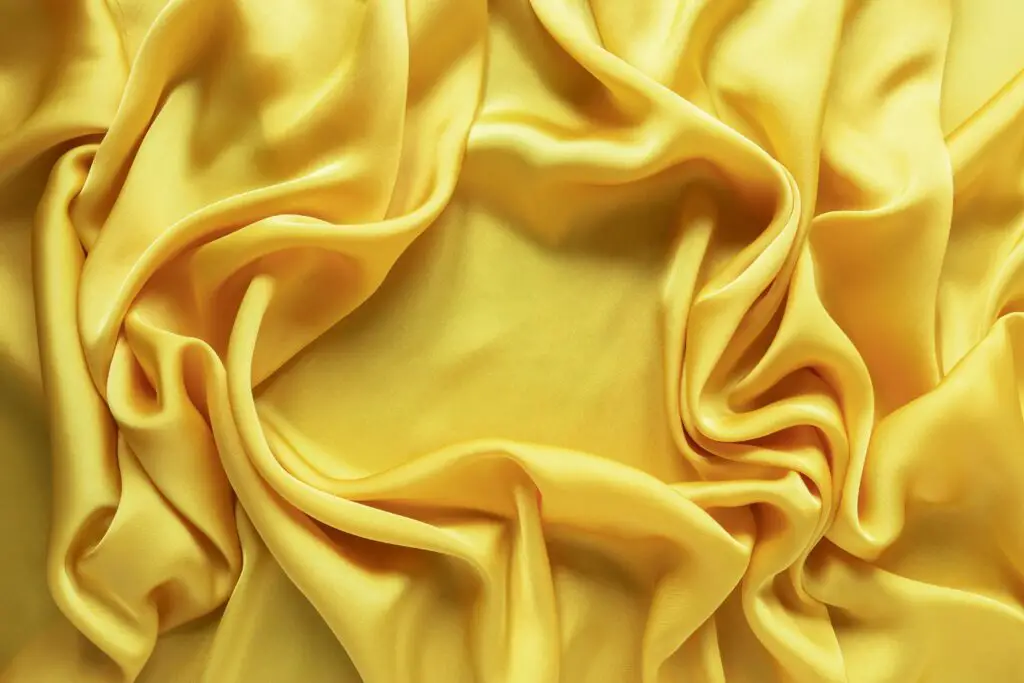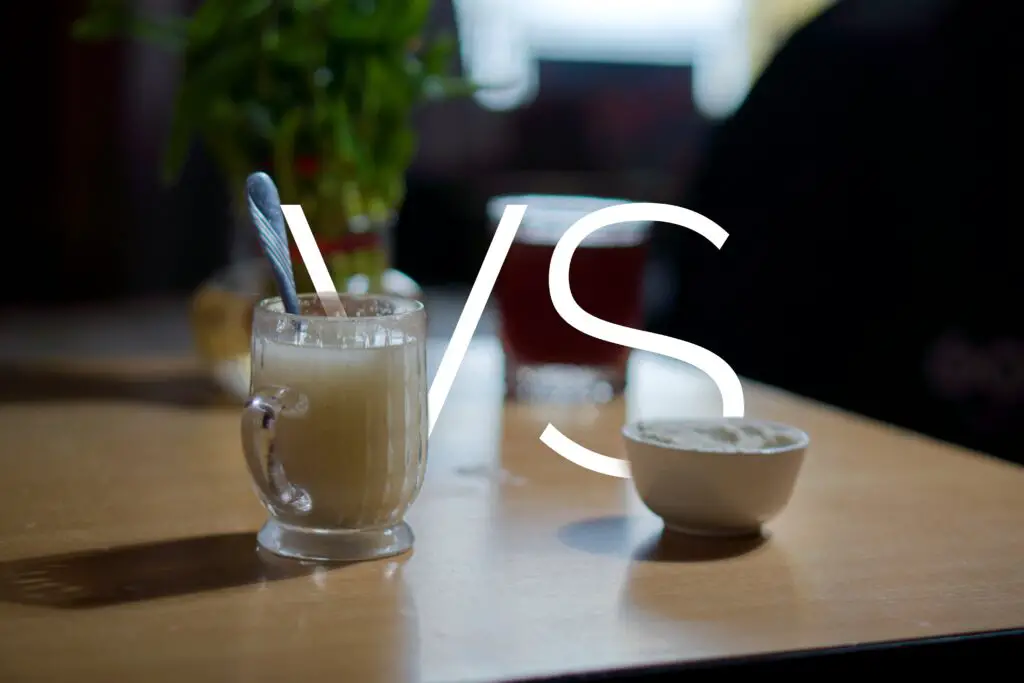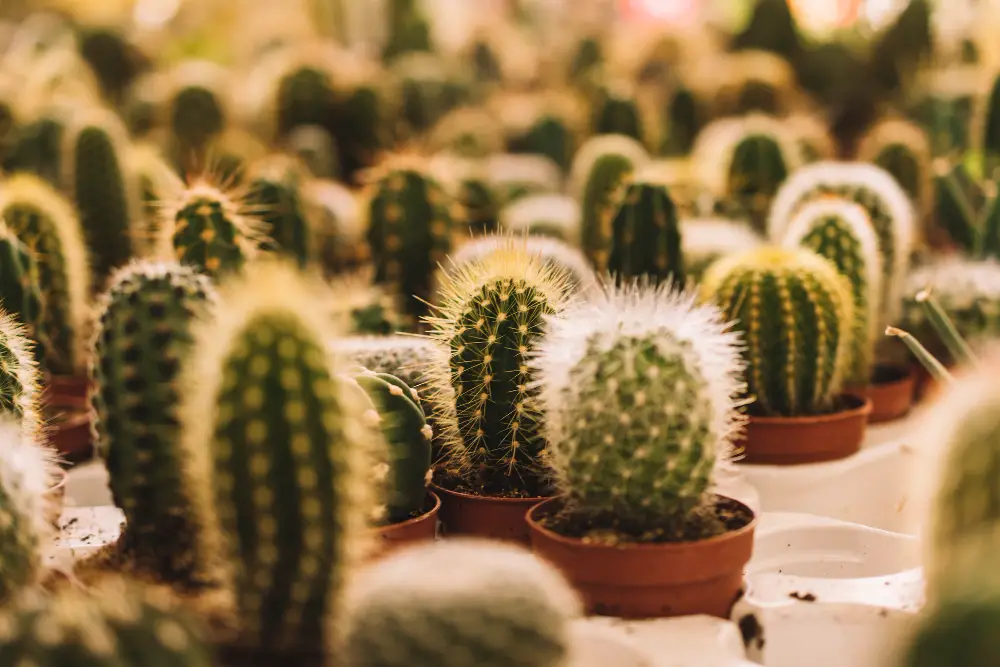Are you a big fan of silk but can’t afford it because it’s too expensive? Or maybe you don’t want to support the inhumane process of making it that involves killing silk worms? Well, you’re in luck because there’s a new trend called Vegan Silk! It’s a more affordable and eco-friendly alternative to traditional silk., and is becoming more and more popular because it doesn’t involve any animal cruelty and is sustainable. In this blog, we’ll get into the nitty-gritty of vegan silk, including its different types, how it compares to traditional silk, and the most common questions people have about it.
Why choose vegan silk for a sustainable tomorrow?
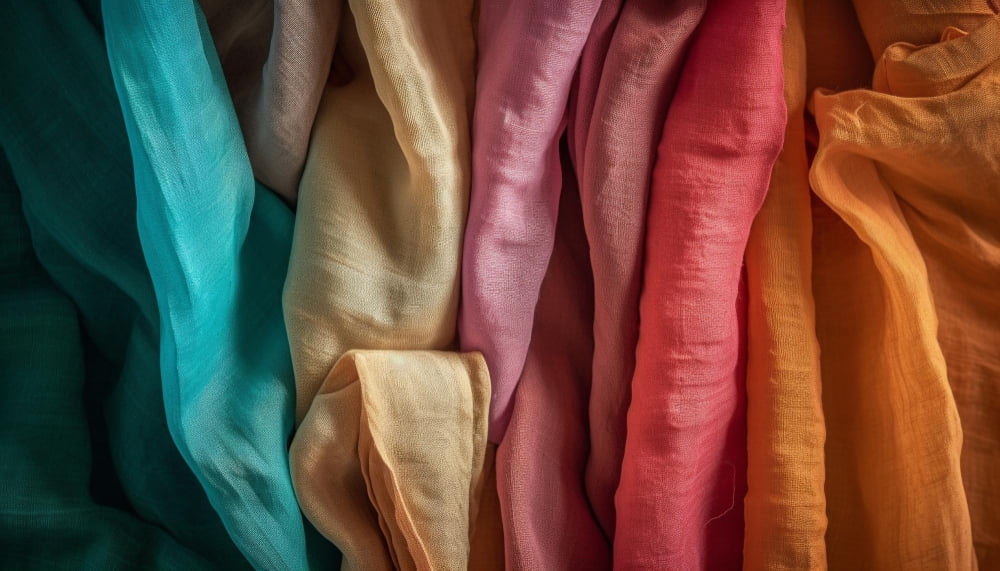

Traditional silk production involves the unfortunate demise of silkworms as their cocoons are boiled for their fibers. This method requires a significant amount of resources involving the use of large amounts of water and land to grow mulberry trees, on which the silkworm resides, contributing to the depletion of natural resources and carbon emissions. Fortunately, vegan silk offers a sustainable alternative that requires less energy and water for production. Made from various plant sources, such as bamboo, pineapple, banana, and lotus, it’s an eco-friendly option for the fashion industry. By choosing vegan silk, we can positively impact the environment and contribute to a more sustainable future.
What are the different types of vegan silk?
Did you know that many different types of vegan silk are made from plant and fruit fibers? Each one has its own unique texture and quality. While they may not be the same as traditional silk from silkworms, they feel similar and make an excellent alternative for those who prefer cruelty-free vegan options.
Bamboo silk
Bamboo fabric is a true wonder of nature. Its cellulose is extracted from the bamboo plant, chemically processed into a viscose solution, spun into fibers, and woven into fabric. This renewable fabric is known for its breathability, moisture-wicking properties, natural sheen, and softness, which closely resemble traditional silk. It’s no wonder that it’s so popular, especially for those who live in warm climates and want comfortable clothing. Its sustainability has also made it a favorite for bedding, towels, and home décor items like curtains. Bamboo fabric is a shining example of how we can use natural resources to create something beautiful and functional.
Soy silk
This fabric is truly remarkable! It is made from leftover waste material produced during soybean processing. With exceptional softness, breathability, and moisture-wicking properties, it is perfect for warm and humid climates and has natural hypoallergenic and antimicrobial properties, making it ideal for sensitive skin. Additionally, since it is made from soybean waste, it helps to reduce agricultural waste and involves fewer chemicals and toxins, making it eco-friendly. Soy silk is used for bedding, hosiery, and scarves. You’ll love the comfort and sustainability of this amazing fabric!
lyocell (Eucalyptus silk)
Eucalyptus silk, also known as Lyocell, is a fantastic eco-friendly fabric made from the wood pulp of eucalyptus trees. The process used to create it involves a closed-loop system of water and solvent recycling, and so prevents water wastage. The texture of the silk is very soft and smooth, and it has luxurious, breathable, hypoallergenic, and temperature-regulating properties. These features make it an excellent choice for creating comfortable loungewear and sleepwear. Plus, the silk is biodegradable, so eco-conscious consumers can make a sustainable choice without sacrificing quality or style.
banana silk


It’s impressive how banana silk is crafted from the stalks of banana plants, a truly renewable source. This fabric is made with minimal chemical usage and is completely biodegradable, making it a top choice for eco-conscious individuals. The resulting lustrous and silky fabric is not only stunning but can be used for high-end fashion, home décor, and even upholstery. It’s amazing to see such innovative solutions being implemented in the world of textiles.
Hemp silk
You’ll love this fantastic silk fiber that comes from the stalks of the hemp plant! It’s incredibly strong and durable, so your clothes will last long without wearing out. Plus, it feels silky smooth to the touch, making it a luxurious addition to your wardrobe. One of the best things about hemp silk is that it’s naturally temperature-regulating. And because it requires minimal water to produce and has a low environmental impact, it’s an excellent choice for eco-conscious consumers. Another wonderful benefit of using hemp silk is that it is biodegradable, making it a sustainable choice for the environment. The process of making it enhances soil quality where hemp is grown.
modal
This particular type of silk is vegan and is produced using cellulose fibers found in beech trees. The resulting silk has a naturally radiant sheen and a soft, luxurious feel. It also has moisture-wicking properties, making it an ideal material for creating bedding, lingerie, and clothing. What sets this silk apart is its eco-friendliness. The production process requires less water and energy than traditional silk production, making it a more sustainable option for those who prioritize ethical and environmentally conscious choices.
Pinatex(Pineapple silk)
The art of creating pineapple silk is truly remarkable. The skilled artisans who hand harvest mature pineapple leaves and turn them into fine fibers are truly masters of their craft. This sustainable process not only produces a stunning fabric with a beautiful luster but also supports the local economy in pineapple-growing regions. The resulting pineapple silk is strong, durable, lightweight, and breathable, making it the perfect choice for fashion enthusiasts and formal wear in tropical climates. It’s no wonder that this unique and eco-friendly fabric has become so popular!


Mulberry silk
Mulberry silk made from mulberry leaves is an impressive innovation in the textile industry that deserves recognition. This sustainable and cruelty-free alternative to traditional silk production is not only luxurious and lustrous but also mirrors its counterpart’s softness, sheen, and drape. This fabric is highly sought after by eco-conscious consumers and fashion enthusiasts. It’s inspiring to see ongoing efforts to create more compassionate and planet-friendly alternatives in the world of textiles, and mulberry vegan silk serves as a shining example of such actions.
Ramie silk
Ramie silk, also called China grass, has been cultivated for over 6000 years in China and East Asia. It’s made from the fibers of the Chinese nettle plant, Boehmeria Nivea, and is considered eco-friendly because it requires minimal pesticides and water to grow. Even though it may feel a bit coarse to the touch, this silk is highly durable and resistant to wrinkles and fungus. Plus, it’s breathable, making it an excellent choice for those living in the warm climate.
Lotus silk
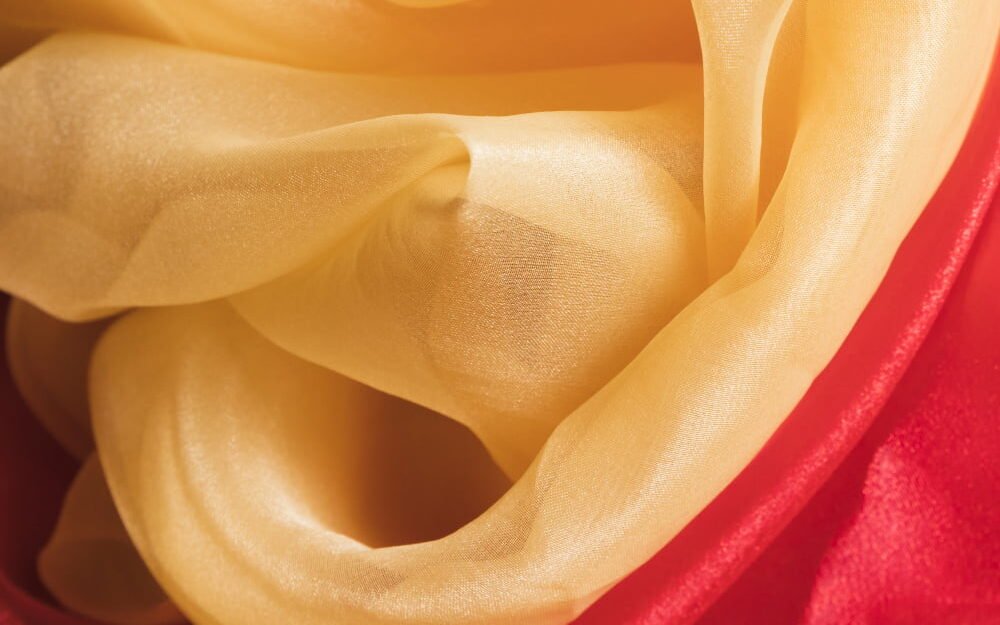

Lotus Silk is a rare textile material highly coveted in Cambodia, Myanmar, and Thailand. Its creation involves a delicate process of harvesting the fibers from the Lotus Stem, which are then spun into fine threads. This fabric is unique because only a tiny portion of the stem is extracted for harvesting, ensuring that the lotus plant is not harmed in any way. Not only is this a sustainable and eco-friendly process, but it also carries a great deal of cultural significance. Lotus Silk is often reserved for special occasions and religious ceremonies in Cambodia, making it a true treasure of the region.
Spider silk
Spider silk is the innovation of synthetic or lab-grown silk and is truly remarkable. It is impressive how spider silk’s strength and elasticity can be replicated through genetically modified organisms like yeast or bacteria. These organisms produce proteins that are almost identical in composition to natural spider silk, which is then transformed into fibers that are incredibly strong, lightweight, and biodegradable. The potential uses for spider silk are endless, from creating bulletproof clothing to advancements in the medical field and even within the fashion industry. Moreover, this eco-friendly material is sustainable and cruelty-free, making it an amazing discovery.
Traditional silk vs. vegan silk


Vegan silk has a lot going for it when compared to traditional silk. Let’s take a look at some of the benefits:
More sustainable
Using vegan silk, made from plants and requires minimal chemicals and natural resources such as water, is a more sustainable option as it produces fewer greenhouse gas emissions.
Ethical
Traditional silk is produced by boiling live silkworms inside their cocoons in water, which is considered inhumane. On the other hand, vegan silk is produced from plant sources without harming any living organism, making it cruelty-free.
Pocket friendly
The advent of vegan silk has shattered the notion that silk is only for the privileged few. This innovative material is created with minimal use of natural resources and at a low cost, making it accessible to a wider range of consumers. And the best part? Its quality and texture are just as exquisite as traditional silk.
What is peace silk or ‘ahimsa silk’?
Peace silk or ahimsa silk is produced without any harm to the silkworms. This ethical alternative to conventional silk is obtained by allowing the silkworms to emerge naturally from their cocoons as moths instead of killing them in boiling water. The result is a slightly coarser texture than traditional silk but with the same beautiful shine. It’s heartening to see such innovative and compassionate approaches to producing luxurious fabrics, as people are now searching for cruelty-free options in every aspect of their lives.
Is Peace silk vegan?
Even though Peace silk is produced without harming the silkworms, it is important to note that it cannot be considered vegan since the resulting fabric is of animal origin. This fabric is obtained from the cocoon of the silkworm that has left it after transforming into a moth.
Is vegan silk biodegradable?
Vegan silks are considered to be biodegradable due to their plant-based origin and environmentally friendly nature. However, the time it takes for them to break down varies depending on the material or plant used. While some types may take longer to decompose than others, overall, all plant-based fibers used in vegan silks are biodegradable and contribute to a more sustainable future.
Closing remarks
As people become increasingly environmentally conscious and adopt natural lifestyles, a new gift has emerged to support this natural way of living: vegan silk. With the same texture, feel, and sheen as traditional silk, this eco-friendly option keeps nature enthusiasts updated on the latest fashion trends while supporting sustainable living. Thanks to advancements in science and technology, it’s now easier than ever to live a natural life in harmony with nature without leaving a carbon footprint on the environment.
Hope you find this post useful!
If you want to read more of our content, please visit our blog
Featured Image by Freepik
DISCLAIMER – The tips provided are for informational purposes only and do not constitute professional advice.
